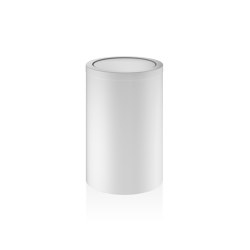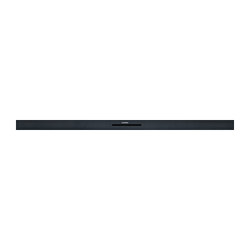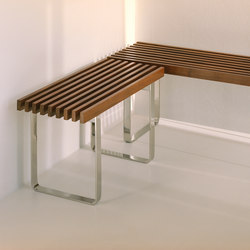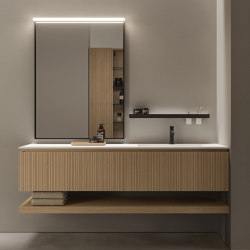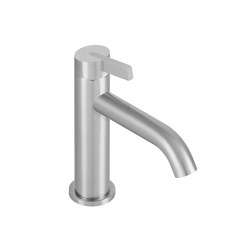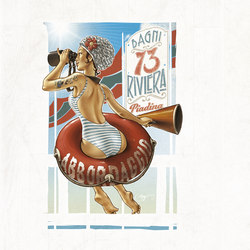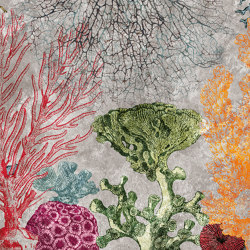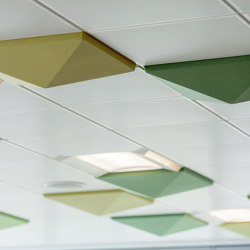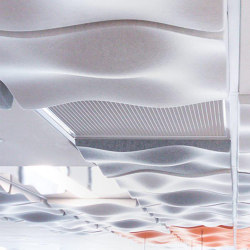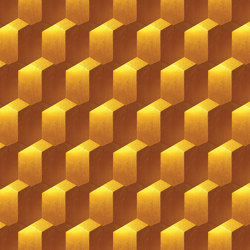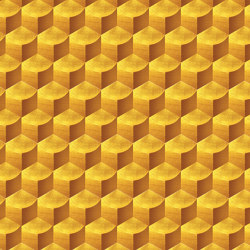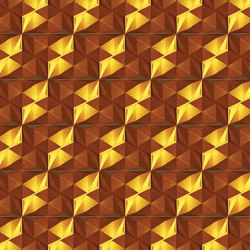About Gabbianelli
MORE ABOUT GABBIANELLI
Gabbianelli has been making ceramic tiles for over 60 years, creating products whose superlative originality and style have made them a success all over the world. It all started in a simple atelier where architects and designers came together with the founder of the company to try out their ideas and designs on a ceramic medium. These were the years the building boom reached its peak: the main thing was to build fast and to build a lot. Gabbianelli had the intuition that there was not just the question of production volume, there was also the product’s aesthetics to consider, paving the way for a manufacturing method that would become widespread throughout the industry in the decades to come. The factory’s location at Milan and its close contacts with the growing design “industry” were unquestionably decisive factors in Gabbianelli’s recipe for success: how to take tiles from being a mere wall covering known for its simplicity and practicality, to a product used by interior designers. This is how ceramic tiles became a surface used in designer projects. The traditional decorative patterns of the old style of ceramics were abandoned in favour of original and contemporary designs, interpreting the new concept of the home. These experiences led to products that have become outand- out international success stories and have contributed to the history of design in ceramics: “Serie Elementare” (1968), “Traccia” (1979: the first three-dimensional pattern), the elegant reworking of florals by Carolyn Quartermaine with her “Roses” and “Stanza dei fiori” (2001/02), and coloured textures created by using various techniques of application and which are still a distinctive element featuring in the company’s catalogue today. Today, the scope of the company still stretches from industrial manufacturing with the production of its range of plain colours, to hand-crafted work in the laboratory, where the skills of artists and experts are combined to make unique pieces or series of elegant decorations. After becoming part of Altaeco group, Gabbianelli can now count on a modern industrial system using the latest technology, safeguarding the same supreme levels of quality of its products. The company has worked with many designers over the years, including:
Ezio Didone “Zig Zag” - Raul Dufy “Willow” - Annabelle d’Huart “Wien”, “Ring”, “Quadrat” - Sergio Calatroni “Wave”, “Village”, “Piedigrotta” - “Lapis”, “Intuizione” - Renato Toso “Vibration”, “Messico” - Bruno Munari “Tuttotondo Tuttoquadro” - Enzo Mari “Serie Elementare”, “Traccia”, “Trama e Colonna” - Italo Lupi “Stellina” - De Pas D’Urbino “Segni” - David Palterer “Punto” - Maria Belgioioso “Bolli e quadri” - Pace Gritti Morlacchi “Grandecoro bosco” - Alfonso Pizzo Greco “Ameba” - Sergio Asti “Farfalla” - Anna Maglienti “Dama”, “Armonia” - Tullio Pericoli “Block notes”, “Espresso”, “Fantasia” - Julia Binfield “Vasi e Fiori”, “Caffelatte” - “Le città del mondo” - Carolyn Quartermaine “Roses”, “Stanza dei fiori” - Mario Piazza XY “Astratto” - Wouter Dolk “Cornici” - Piero Crida “Hibiscus”
Gabbianelli has been making ceramic tiles for over 60 years, creating products whose superlative originality and style have made them a success all over the world. It all started in a simple atelier where architects and designers came together with the founder of the company to try out their ideas and designs on a ceramic medium. These were the years the building boom reached its peak: the main thing was to build fast and to build a lot. Gabbianelli had the intuition that there was not just the question of production volume, there was also the product’s aesthetics to consider, paving the way for a manufacturing method that would become widespread throughout the industry in the decades to come. The factory’s location at Milan and its close contacts with the growing design “industry” were unquestionably decisive factors in Gabbianelli’s recipe for success: how to take tiles from being a mere wall covering known for its simplicity and practicality, to a product used by interior designers. This is how ceramic tiles became a surface used in designer projects. The traditional decorative patterns of the old style of ceramics were abandoned in favour of original and contemporary designs, interpreting the new concept of the home. These experiences led to products that have become outand- out international success stories and have contributed to the history of design in ceramics: “Serie Elementare” (1968), “Traccia” (1979: the first three-dimensional pattern), the elegant reworking of florals by Carolyn Quartermaine with her “Roses” and “Stanza dei fiori” (2001/02), and coloured textures created by using various techniques of application and which are still a distinctive element featuring in the company’s catalogue today. Today, the scope of the company still stretches from industrial manufacturing with the production of its range of plain colours, to hand-crafted work in the laboratory, where the skills of artists and experts are combined to make unique pieces or series of elegant decorations. After becoming part of Altaeco group, Gabbianelli can now count on a modern industrial system using the latest technology, safeguarding the same supreme levels of quality of its products. The company has worked with many designers over the years, including:
Ezio Didone “Zig Zag” - Raul Dufy “Willow” - Annabelle d’Huart “Wien”, “Ring”, “Quadrat” - Sergio Calatroni “Wave”, “Village”, “Piedigrotta” - “Lapis”, “Intuizione” - Renato Toso “Vibration”, “Messico” - Bruno Munari “Tuttotondo Tuttoquadro” - Enzo Mari “Serie Elementare”, “Traccia”, “Trama e Colonna” - Italo Lupi “Stellina” - De Pas D’Urbino “Segni” - David Palterer “Punto” - Maria Belgioioso “Bolli e quadri” - Pace Gritti Morlacchi “Grandecoro bosco” - Alfonso Pizzo Greco “Ameba” - Sergio Asti “Farfalla” - Anna Maglienti “Dama”, “Armonia” - Tullio Pericoli “Block notes”, “Espresso”, “Fantasia” - Julia Binfield “Vasi e Fiori”, “Caffelatte” - “Le città del mondo” - Carolyn Quartermaine “Roses”, “Stanza dei fiori” - Mario Piazza XY “Astratto” - Wouter Dolk “Cornici” - Piero Crida “Hibiscus”
MORE ABOUT GABBIANELLI

